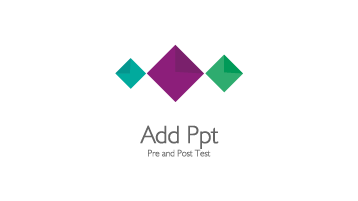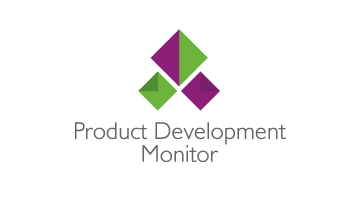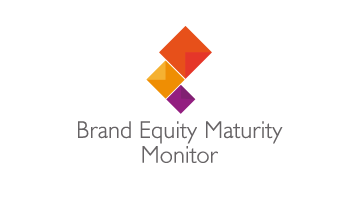We are currently experiencing moments in which brands are modifying their marketing mix to adapt to modern market challenges. An important part of this restructuring is pricing.
When analyzing prices from a market research perspective, we must check the consumer's reaction to price proposals; in this context we must define two major concepts:
- Optical price: The price that generates an attitudinal reaction from the consumer, e.g. prices that are expensive, luxurious, cheap, fair.
- Optimal price: The price that allows the product to increase market share, increase market size and differentiate itself from the competition.
Depending on the type of study and the objectives, one or the other strategy will be better suited. Let us first define the scope of these two approaches to price analysis:
| Optical price |
Optimal price |
- This is a psychological price profile rather than a price-based optimization of demand.
- It does not allow predicting the volume or market share that a specific pricing strategy would produce.
- It is a sound strategy when dealing with novel concepts or ideas that have not yet matured.
- Not efficient when making financial decisions regarding investment.
- It does not allow us to estimate the source of volume. We do not know which competitor we are taking market share from with a specific pricing strategy.
- It does not allow simulating market share or market size across different price settings.
|
- This is a competitive profile of the product's ability to challenge its competitors across different price scenarios in a variety of sales channels.
- It is a forecast of the ability of the product and its attributes to seize volume and market share.
- This is an efficient strategy for launching products, as well as for concepts or products already consolidated in the market.
- It is efficient for making financial decisions regarding investment because it involves demand forecasting.
- Allows us to break down the demand to ascertain whether it comes from customers already loyal to us or from customers from our competitors.
- Allows understanding the trade-offs that the consumer might make in order to buy a product at a given price.
|
OPTICAL PRICE
Next, we will show some efficient techniques for analyzing optimal price and how our methodologies integrate them:
| Methodology |
Tactical purpose |
Technique we use |

AdPpt: Concept Evaluation and pretest
|
- Concept evaluation
- Analysis of the psychological price profile of an idea that has not yet come to market.
|
PVP: Perceived Value Pricing
|

Sensory evaluation, product test and preference mapping
|
- How much is the customer willing to pay for a specific sensory experience?
- How much can we charge for a taste, smell or texture?
|
BPTO: Brand Price Trade Off
|

Brand health and equity
|
If my brand is valuable, what are the price perception and the value perception for the consumer?
The brand is analyzed here as just one element of the marketing mix.
|
PSM Plus: Price Sensitivity Meter Plus
|

Customer experience and satisfaction
|
- What role does price play in our customers' satisfaction and experience?
- Would customer satisfaction change if we raised the price? How would that be affected?
|
Gabor Granger
|
OPTIMAL PRICE
Below, we show how our portfolio of market research and analytics methodologies addresses price optimization:
In separate blog posts in the near future, we will be elaborating on the scope of each methodology and technique. In the meantime, we would like to get in touch with you to discuss your pricing challenges and needs.
